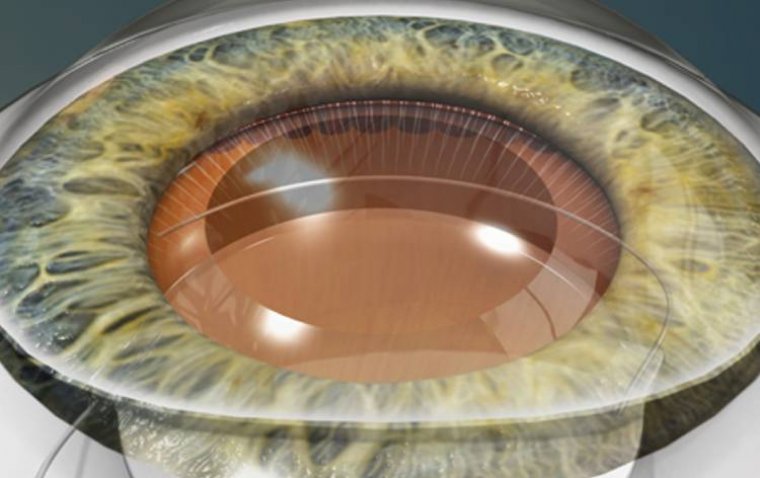
Cycloplegia: The Eye Condition That Affects Your Ability to Focus Up Close
What Is Cycloplegia?
Cycloplegia is a condition that affects the ability of the eye to focus properly. It is caused by the paralysis of the ciliary muscle, which is responsible for changing the shape of the lens in the eye. This results in an inability to focus on nearby objects, making it difficult to perform everyday tasks such as reading or working on a computer.
What Causes Cycloplegia?
Cycloplegia can be caused by a number of factors, including certain medications, neurological disorders, or trauma to the eye. One common cause of cycloplegia is the use of drugs such as atropine or scopolamine, which are used to dilate the pupils during eye exams or surgeries. Other potential causes include infections, inflammation, or tumors in the eye.
Symptoms of Cycloplegia
Symptoms of cycloplegia can vary depending on the severity of the condition and the underlying cause. However, the most common symptoms include:
● Difficulty focusing on nearby objects
● Blurred vision
● Eye strain or fatigue
● Sensitivity to light
In severe cases, cycloplegia can cause headaches, dizziness, or other symptoms that can impact daily life.

How Does Cycloplegia Affect Vision and Eye Health?
Cycloplegia can have a significant impact on vision and eye health. In addition to the symptoms mentioned above, cycloplegia can also lead to other vision problems, such as astigmatism or amblyopia, which can further impair vision and impact quality of life.
Along with its impact on vision, cycloplegia can also have other effects on eye health. For example, patients with cycloplegia may be at an increased risk of developing certain eye conditions, such as glaucoma or cataracts. This is because the condition can cause changes in the shape of the eye or the pressure within the eye, which can contribute to the development of these conditions. Additionally, patients with cycloplegia may be more prone to eye infections or other complications, particularly if the condition is caused by trauma or injury to the eye.
What’s the Difference?: Cycloplegia vs Mydriasis
While both cycloplegia and mydriasis can cause dilation of the pupils, they are different conditions that affect the eye in different ways. Cycloplegia is the paralysis of the ciliary muscle in the eye, which results in the inability to focus properly on nearby objects. This can make it difficult to perform tasks that require close visual attention, such as reading or working on a computer.
Mydriasis, on the other hand, is the dilation of the pupil due to the relaxation of the muscles that control the size of the pupil. This can be caused by a number of factors, including medications, neurological conditions, or trauma to the eye. While mydriasis can cause some blurring of vision or sensitivity to light, it does not typically impact visual acuity or the ability to focus on nearby objects in the same way that cycloplegia does. Ultimately, the differences between these two conditions depend on the underlying cause and the specific symptoms that are present.
Treatment of Cycloplegia
The treatment of cycloplegia depends on the underlying cause of the condition. In cases where cycloplegia is caused by the use of medication, the symptoms typically resolve on their own once the medication is discontinued. However, in cases where the condition is caused by an underlying neurological disorder or trauma to the eye, more aggressive treatment may be necessary.
Medications and Therapies for Cycloplegia
There are several medications and therapies that can be used to treat cycloplegia, depending on the underlying cause of the condition. In cases where the condition is caused by inflammation or infection, anti-inflammatory or antibiotic medications may be prescribed. In cases where the condition is caused by a neurological disorder, medications or other therapies may be used to address the underlying condition.
In some cases, vision therapy or other forms of rehabilitation may also be recommended to help improve the function of the affected eye. This can include exercises to improve visual acuity or other forms of therapy to help retrain the eye to focus properly.
To Conclude…
Cycloplegia is a condition that affects the ability of the eye to focus properly, and can be caused by a number of factors. While the symptoms of cycloplegia can be frustrating and impact daily life, there are several treatment options available to help manage the condition and improve vision. If you are experiencing symptoms of cycloplegia, it is important to seek medical attention to determine the underlying cause of the condition and develop an appropriate treatment plan.
(1).jpg)










